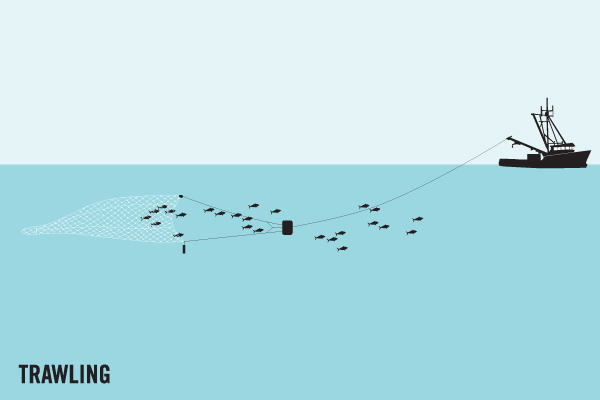Average Weight/Length
Usually about 6 inches; seldom larger.
Other "Popular" Names for this Fish
Brown Grunt, Jeniguano, Cuji
Location Habitat
Inshore patches and offshore reefs of South Florida and the Bahamas; mostly offshore farther north. Inhabits seagrass beds, sand flats, and patch reefs. Forms schools. Feeds on small crustaceans, mollusks, other benthic invertebrates, plankton, and algae
Biology & Physical Description
White or silvery with a prominent brown or yellow stripe running from gill to tail. Thinner stripes may also be present. Dorsal spines (total): 13; Dorsal soft rays (total): 15; Anal spines: 3; Anal soft rays: 9. Silvery white with a mid-lateral yellow stripe running from eye to a large round black spot at base of caudal fin; a second narrower yellow stripe on back above lateral line
Life Cycle & Mating Behavior
Oviparous, distinct pairing during breeding
Geographic Species Map (Fishbase.org Map)
|
|

|
Summary of Distribution: Western Atlantic: Massachusetts, USA and Bermuda through the Gulf of Mexico to Brazil. Most abundant member of the genus Haemulon along the eastern coast of Florida |
|
Note: Distribution range colors indicate degree of suitability of habitat which can be interpreted as probabilities of occurrence (fishbase.org) |
|
Sport Fishing Techniques
|
|
TrawlingTrawling is when.... |
|
Tackle & Baits
Lightest spinning tackle; pieces of shrimp and cut fish or squid.
Game Rating
Game Rating : 2/10
Game Description :
Not big enough to do much.
Food Rating
Game Rating : 7/10
Game Description :
Small, but a good panfish.




















 Tomtate
Tomtate 


